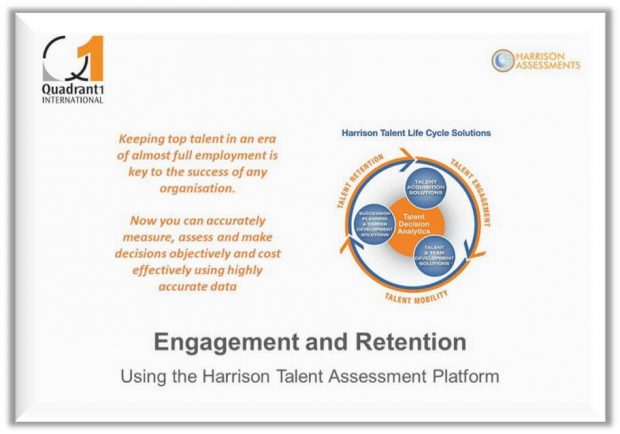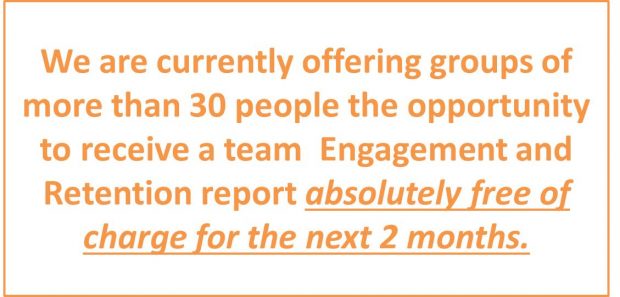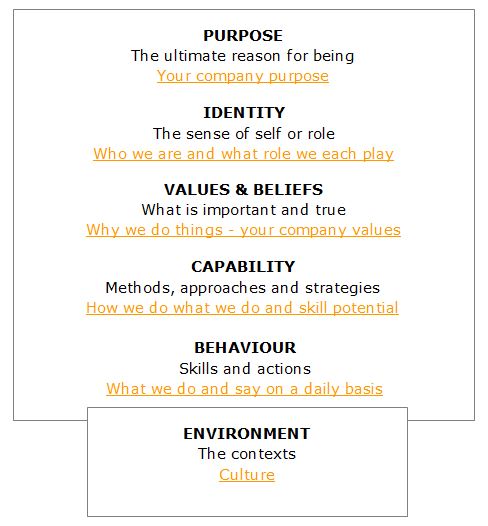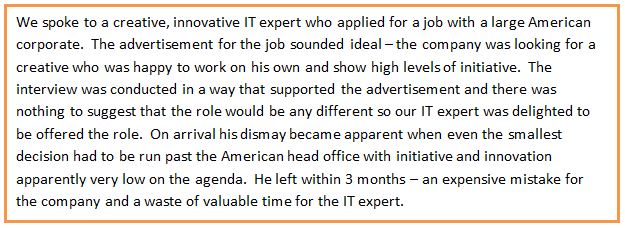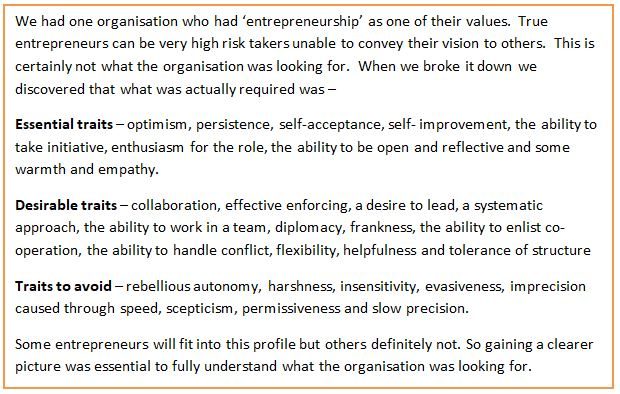Isn’t it time we banned ‘Lunch & Learn’?
Leave a Comment
In this day and age where mental health is such a big issue, are we really still asking employees to spend this short window in their working day, not on taking a breather and relaxing, but on focusing on… more work?!
Lunch and Learn sessions have been around for a while now, and are promoted as being a less formal and more engaging way of learning or developing. We’re all for increasing engagement in the workplace but is it right to ask people to give up their lunch breaks to take part? Even if attendance at these sessions is voluntary people may feel pressure to attend and fear of being judged for not attending.
We’ve all heard the stats that approximately 1 in 6 people in the past week experienced a common mental health problem [1] and that in 2016, mental health issues (including stress, depression, anxiety and serious conditions) were the 4th most common reason for sickness absence, resulting in 15.8 million days lost, equating to 11.5% of the total days lost to sickness [2].
Did you know, according to Bupa’s 2015 ‘Take a Break’ article [3], less than 1 in 3 workers take a proper lunch break every day?
Instead of trying to cram more and more into the hours of the day we spend at work, isn’t it time people are encouraged to use their lunch breaks to relax, to take a rest from their work, and to refresh and re-energise themselves both physically and mentally?
Why not take a walk, read a book, go to the gym, go shopping, chat to colleagues – even make a rule not to talk about work topics.
Encouraging employees to take their breaks is a one way to show you appreciate their value as individuals, can improve engagement, and have a positive impact on retention.
If you’d like to know more about how you can objectively measure engagement and retention in your organisation you can read more here or give us a call on +44 (0)7768 922244
[1] McManus S, Bebbington P, Jenkins R, Brugha T. (eds.) (2016) Mental health and wellbeing in England: Adult Psychiatric Morbidity Survey 2014
[2] Office of National Statistics: Sickness absence in the labour market: 2016, (9th March 2017)
[3] Bupa press release, 2015: OnePoll survey August 2014




